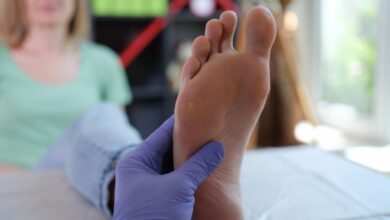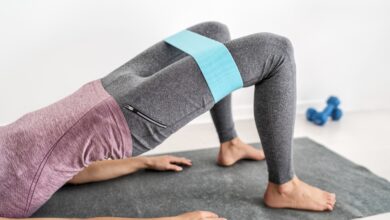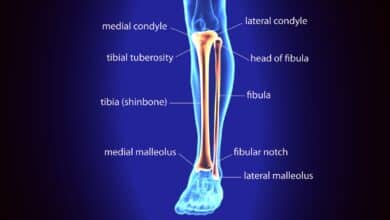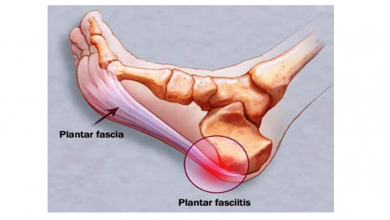Pyramidal syndrome
It occurs when there is a muscle contracture and presses on the sciatic nerve.
El pyramidal syndrome or piriformis is the pain and numbness that starts from the gluteal area and can reach the back of the leg.
It occurs when there is a muscle contracture and presses on the sciatic nerve.
Our collaborator FisioPina Clinicr tells us in this article the causes and treatment of this type of injury so common in runners.
What is pyramidal syndrome?
El pyramidal o piriform is a muscle that is in the deep zone of the gluteal muscle between the sacrum and the greater trochanter of the femur.
El sciatic nerve, Depending on the anatomy of each one, it can go through the muscle or go under it. therefore, an overload of the pyramidal nerve can compress the nerve, giving rise to “false sciatica”, confusing it with L5-S1 radiculopathy due to disc or facet pathology of the lumbosacral vertebrae.

What are your causes?
All the causes The most common are:
- Sitting for long periods of time,
- Trauma to the buttock
- Lifting heavy objects
- Training errors such as training on very hard surfaces, on unstable terrain
- Inadequate footwear
- Do not warm up or stretch before or after
- Sudden increase in intensity of training
- Other causes are biomechanical alterations of the subject at the level of the foot, knees, hips, etc.
At the physiotherapy level we can find on physical examination causes such as a moderate weakness of the hip adductors, or an increase in tension of the external rotators or a hypomobility of the sacroiliac joint.
Treatment of Pyramidal syndrome
El treatment will be focused on trying correct possible biomechanical alterations with templates , enhance adductors in case of weakness, relax external rotators, mobilize sacroiliac joint,
You can also aapply heat or temperature(INDIBA) with relaxation afterwards with massage, dry needling or myofascial therapy.
An important part of the treatment is the proper pyramidal stretches, smooth and progressive, taking place several times a day.
If the symptoms persist, return to the traumatologist's office to infiltrate local anesthetics, corticosteroids. ..
In more severe cases, go to surgery for tendon tenotomy.
How to avoid it?
But the most important thing in this injury is the prevention.
Warm up and stretch before and after, respect adequate rest times, strengthen muscles and correct mistakes in training that can overload the muscle.
Further information: http://clinicafisiopinar.com/
Photo: foroatletismo.com
There are no previous results.




























